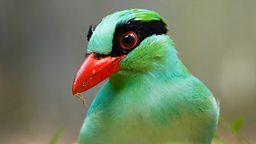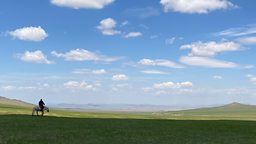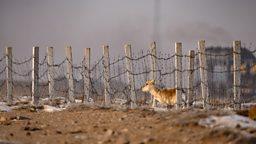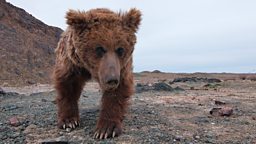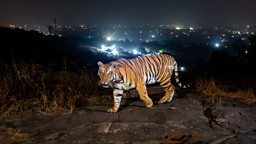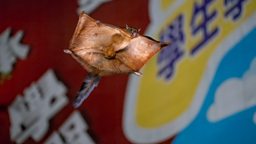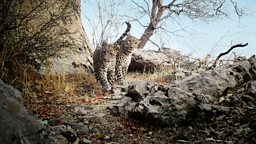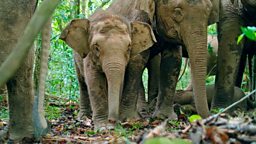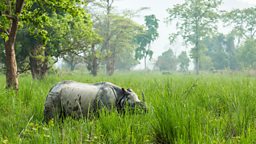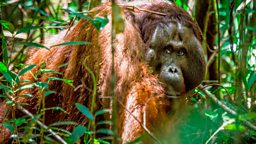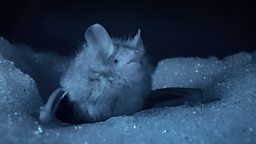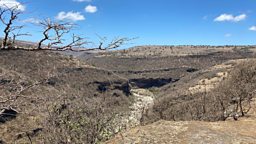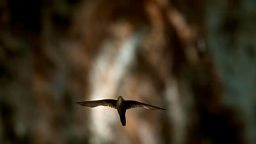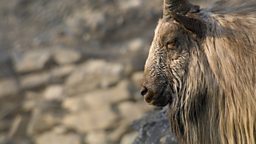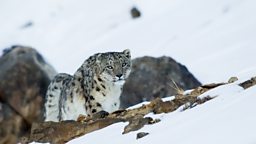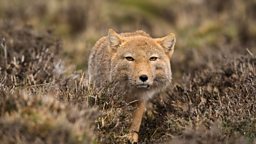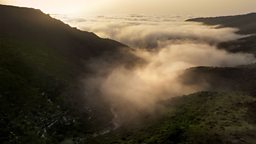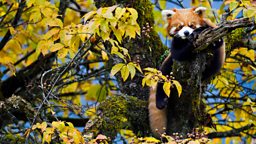Our mother fox
By Joshua Cheng, Field Producer
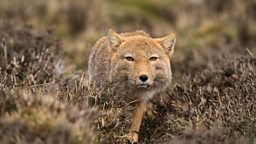
Filming the Tibetan fox was a challenging but beautiful experience.
...the fox we were going to meet was not a stranger- she was an old friend.
To get to the fox location, our team (Cinematographer Jacky Poon, Camera Assistant Tong Xu, and myself) flew to Qinghai Province in China. The change in landscape was remarkable. First we saw forest, then there were snow peaks, and eventually a highland meadow. Landing in Yushu City, at an altitude of 3,800 metres, we immediately felt the effects of the elevation. To acclimatise ourselves, we stayed in the city for a few days, resting.
After three nights, we felt ready to go up to the filming location. The journey was short, but the elevation increased to about 4,400 metres. The oxygen level was only 49% compared to sea level. Despite being short of breath and having sore ankles, we were filled with excitement. Because the fox we were going to meet was not a stranger- she was an old friend.
In the years prior to the filming, we were lucky enough to have bonded with this charismatic female fox over several different expeditions. For the Asia series, it was Jacky’s fourth, and my second time visiting this fox mother. On the bumpy drive from the city to her home territory, we had many questions; Is she healthy? Has she given birth to another litter of cubs?

After some waiting and searching, a familiar pair of ears showed up next to the den she used last year. It was her! We were thrilled to see that she was well and had new cubs again. By the dog calendar she was getting quite old. In the weeks that followed, we gradually picked up this habit of calling her “our mother” since she was the focus of all our conversations. The walkie talkies were crackling constantly “Where’s mum?”; “Did you see mum?”; “Fox spotted… but not our mother.”
...it was difficult to spot such a small creature in the vast landscape.
Although there were no trees or tall grass on the plateau, it was difficult to spot such a small creature in the vast landscape. Sometimes we went out to look for the fox in her home territory, spending hours without success. If she was sleeping, her fur would blend perfectly with the meadow. Surprisingly, there were several times when we put down our binoculars, wondering where she was, and then she would show up a few dozen metres in front of us. And she was approaching us: she walked steadily, sometimes getting within five metres. She looked up at us, and within a second or two went back to her own thing. In that moment, we had this sparkling sensation that she truly knew us. She did not see us as a threat.
As time moved on, we could easily tell ‘our mother’ apart from any neighbouring foxes. Her facial features and the way she moved, gradually imprinted on our minds. There were times when we were sitting on the grass, and she came around, and steadied herself into her sleeping position. She slept with her back to us, leaving us with the sense that she trusted us completely.
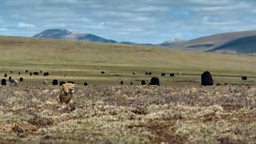
Sometimes she slept for hours in front of our eyes. Her fur gently moved in the wind. There were certain hours in the day when everything was absolutely peaceful, no wind or storm. She enjoyed her time sleeping, even when her cubs stepped on her head.
Thanks to their mother’s trust in us, the cubs eventually let down their guards.
Thanks to their mother’s trust in us, the cubs eventually let down their guards. They played without minding our camera and lenses. It was a magical feeling, when we were seen, but not seen, by a family of wild foxes. Their eyes showed their emotions. That kind of trust always melted our hearts.
Despite the kindness from our fox mother, following her as she hunted was always a challenge. She was swift and well adapted to the altitude. We would try to keep up with her from a distance and gradually move forward. Her pace was uneven, but if she was determined to do something, she became a dart. We absolutely lost our breath trying to catch up. In the blink of an eye, she could completely disappear into the landscape.
By observing the fox, we began to figure out her schedule and her routes. She seemed irregular but she had her own customs. The back of our hut was one edge of her territory. The other end was a piece of wetland where many domestic yaks grazed. In between there was a mountain ridge and a giant slope. She never went beyond a certain distance from her den – she was very devoted to her cubs.
The fox used a few hunting strategies. Firstly, there was the very practical wait-and-strike method, which she was skilful at. It was true that at times she missed and hit her face on the ground, or the pika were too quick. But overall, this was her most common and successful method. Secondly, she would locate pika burrows with her hearing, and dig out pika litters. This was a good tactic at the end of May when the number of pika newborns exploded. She gained plenty of “juicy snacks” by digging. Thirdly, and most surprisingly, she seemed to be able to infiltrate the yak herds and hunt distracted pika.
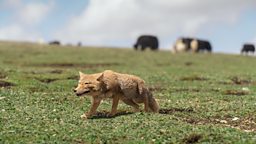
There was a fascinating dynamic among the three animals. Domestic yaks always bullied the foxes. They kicked foxes away from their own herd. In the meantime, pika were not very afraid of the yaks. They were swift and small enough not to be disturbed by them. Our mother fox, in between these two animals, needed to avoid the yaks’ attacks but make use of their giant bodies as a cover. She followed the yak herds on some days, when the yaks happened to be treading near the pika colonies. She meticulously took advantage of the visual distractions, and made her strikes at the right moments. Her wisdom and patience paid off; she had plenty of successful hunts.
What we experienced with our fox mother was only a glimpse into the life of all the wild inhabitants on this plateau.
One major threat for the Tibetan fox was the stray or semi-stray dogs on the plateau. The dogs were originally helpers of the herders. Yet over time, some ran off and some were not confined to their homesteads. At times, we saw dogs chasing foxes like crazy. Our fox mother had to run for her life and eventually hide in back-up dens. Afterwards, she did not show up for a few days. We were worried sick. When she eventually showed herself, she had a limp on one of her legs. If there was another dog encounter she would not be able to get away. When dogs entered her territory, we tried to push them away. We certainly couldn’t protect her all the time, but we felt it was the least we could do. Miraculously she made a full recovery after a few days. A scar was permanently left on her muzzle.
Filming days always passed too quickly. On the day we were leaving, we felt a mix of emotions. We never had a stronger feeling of connection with a wild animal. Seeing her walking even in the distance brought joy to us. When she approached us it made us unbelievably happy. We witnessed her happy and sad moments. We think about her from time to time. She was no longer young, and she had to face threats from stray dogs. What if she did not outrun them one day? We could only hope for the best.
What we experienced with our fox mother was only a glimpse into the life of all the wild inhabitants on this plateau. We wish one day there will be a better balance between our existence and the wildlife around us. After all, this land is everyone’s home. And we only have one home.
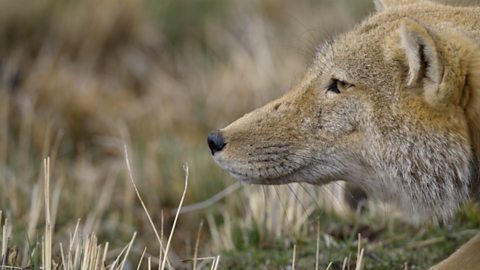
A Tibetan fox hunts for pika on the roof of the world
High on the Tibetan Plateau, a mother fox uses cunning to catch food for her hungry pups.
